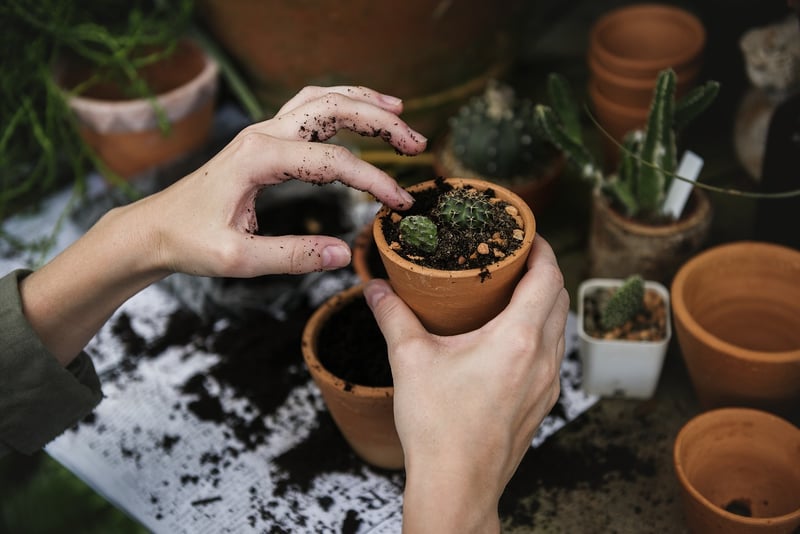Harvest Swaps
The Joy of Collaborative Gardening Spaces and Harvest Swaps
In recent years, the concept of collaborative gardening spaces and harvest swaps has gained popularity among gardening enthusiasts and communities looking to connect, share resources, and foster a sense of community. These initiatives not only promote sustainable practices but also encourage social interaction and the exchange of fresh produce. Let's delve into the world of collaborative gardening spaces and harvest swaps to discover the benefits and how you can get involved.
Collaborative Gardening Spaces:
Collaborative gardening spaces, also known as community gardens or shared gardens, are areas where individuals come together to cultivate plants, vegetables, and flowers collectively. These spaces can be set up in urban neighborhoods, schools, or even workplaces, providing a green oasis for participants to connect with nature and each other.
Benefits of collaborative gardening spaces include:
- Sharing gardening knowledge and skills
- Promoting sustainable practices
- Building a sense of community
- Access to fresh produce
- Creating a space for relaxation and stress relief

Harvest Swaps:
Harvest swaps are events or gatherings where individuals exchange their homegrown produce with others in the community. Participants bring their surplus fruits, vegetables, herbs, or homemade goods to swap with items they do not grow themselves. These swaps are not only a practical way to diversify your pantry but also a fun and social way to connect with fellow gardeners.
Benefits of harvest swaps include:
- Reducing food waste
- Trying new and locally grown produce
- Building relationships within the community
- Promoting a culture of sharing and collaboration
- Supporting sustainable food practices

Get Involved:
If you are interested in joining a collaborative gardening space or participating in harvest swaps, here are a few steps to get you started:
- Research local community gardens or gardening groups in your area
- Attend gardening workshops or events to meet like-minded individuals
- Reach out to organizers of harvest swaps or start one in your community
- Share your gardening experiences and surplus produce with others
- Embrace the spirit of collaboration and community building through gardening
Whether you have a green thumb or are just starting your gardening journey, collaborative gardening spaces and harvest swaps offer a unique opportunity to connect with nature, learn from others, and share the joy of homegrown produce. Join the movement today and reap the benefits of a thriving community garden network!
